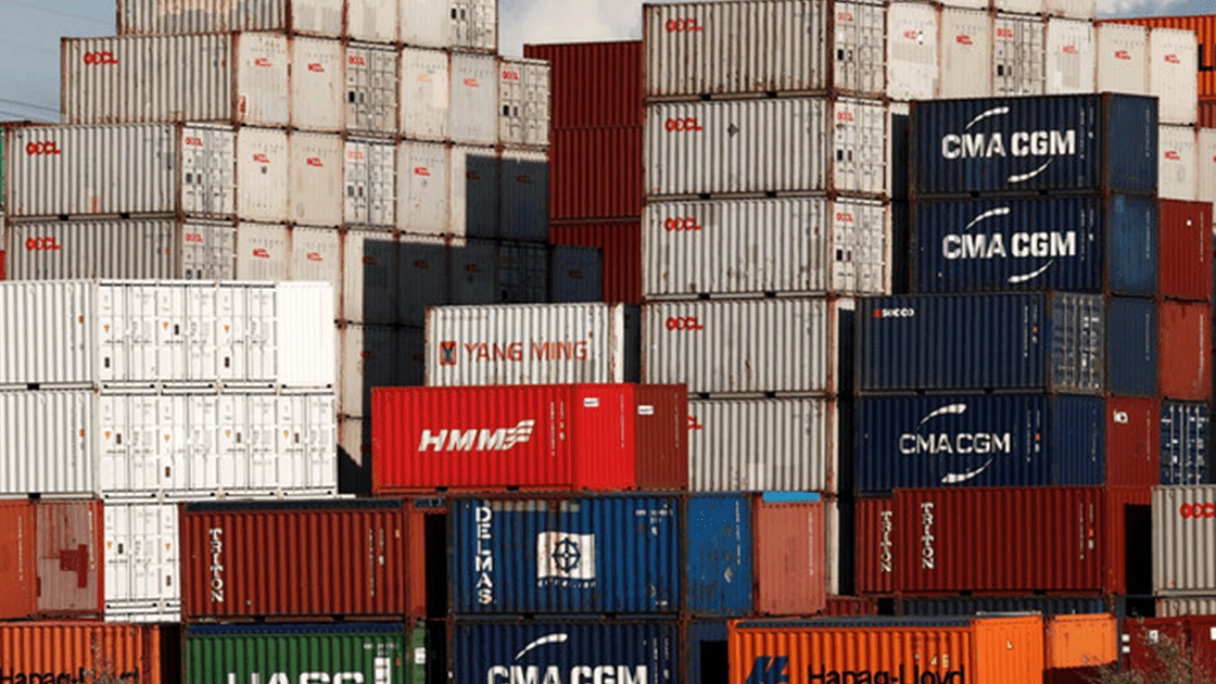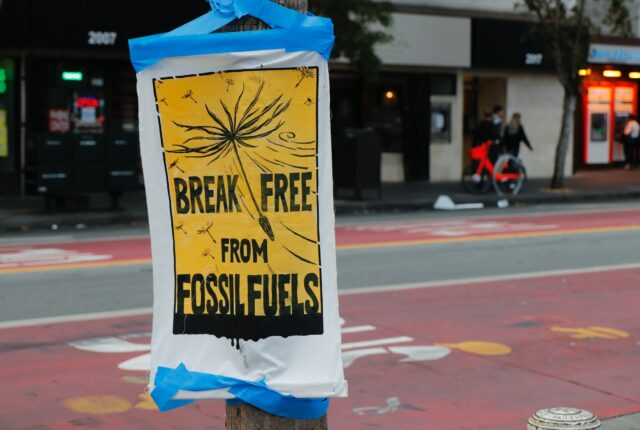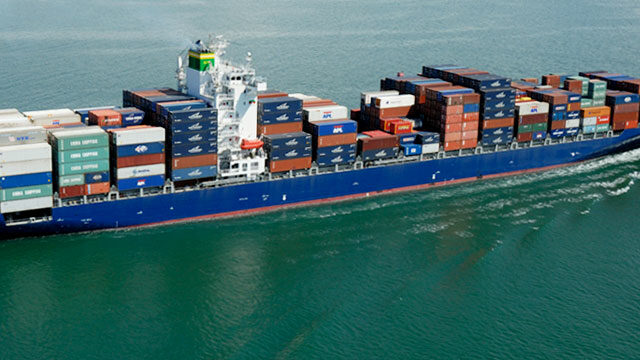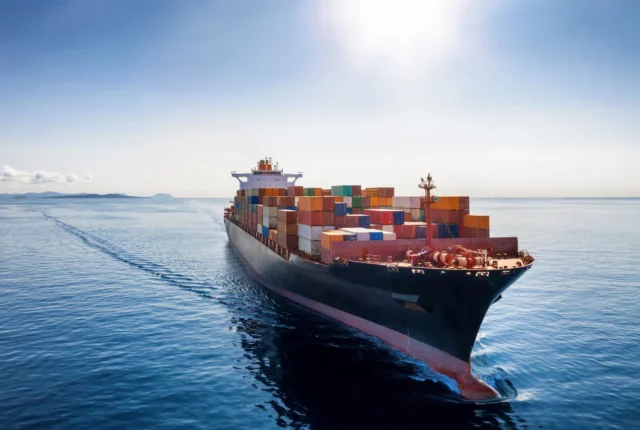
Why More US Shippers Choose Intermodal to Offset Ocean Freight Delays
Over the past several years, ocean freight has faced severe disruptions due to a combination of COVID-19 aftershocks, increased consumer demand, and geopolitical tensions.
Major global ports—such as Los Angeles, Long Beach, and Savannah—have experienced backlogs that led to significant shipping delays. Ships waited days or even weeks offshore due to container imbalances and terminal congestion.
Port Labor Shortages and Inefficiencies
Many US ports have struggled with a shortage of dock workers and truck drivers, particularly during seasonal peaks. Labor negotiations, such as those involving the International Longshore and Warehouse Union (ILWU), also add unpredictability to port operations. These inefficiencies further exacerbate delays, pushing shippers to find alternate routing strategies.
Trade Policy Shocks and Supply Chain Disruptions
Ongoing US-China tensions, tariffs, and regional instability in areas like the Red Sea have increased the risk of delay and disruption in ocean freight. As these disruptions persist, companies are seeking alternative transportation methods that offer greater resilience and control.
What Is Intermodal Transportation?
Defining Intermodal: Rail, Truck, and Barge Combinations
Intermodal transportation refers to the movement of goods using two or more modes of transport—typically combining ocean, rail, and truck—without handling the freight itself when changing modes. For example, a container might arrive at a port, be placed on a train for cross-country transport, and then moved by truck for final delivery.
Key Advantages Over Pure Ocean or Truck-Only Moves
The intermodal approach allows shippers to capitalize on the speed and efficiency of rail for long hauls while leveraging the flexibility of trucks for last-mile delivery. It offers cost savings, reduced fuel usage, and more reliable delivery schedules, especially in a strained supply chain environment.
Why US Shippers Are Shifting Toward Intermodal
Reliability & Transit-Time Predictability
Consistency in Rail Schedules vs Ocean Variability
Unlike ocean freight, which is subject to weather conditions, port congestion, and geopolitical disruptions, rail freight tends to operate on fixed schedules. This allows for better planning and more predictable delivery timelines—crucial for businesses that rely on just-in-time inventory systems.
Cost Optimization Despite Longer Distances
Fuel Efficiency, Lower Drayage, Class I Rail Pricing
Rail is generally more fuel-efficient than long-haul trucking and can offer lower per-mile costs for long distances. When paired with ocean transport, intermodal can minimize the expensive drayage (short-distance trucking) costs at ports. Also, Class I railroads like BNSF, Union Pacific, and CSX often offer competitive contract rates for consistent volumes.
Environmental and Sustainability Drivers
Reduced Carbon Footprint and Corporate ESG Goals
Intermodal transportation supports sustainability initiatives. Rail can move one ton of freight over 470 miles on a single gallon of fuel—making it significantly more eco-friendly than trucking. Companies focused on ESG (Environmental, Social, and Governance) goals find intermodal options an appealing way to reduce emissions.
Inland Reach: Access to Landlocked Markets Efficiently
Intermodal opens up access to interior regions of the US not served directly by ports. By connecting rail and truck networks, shippers can efficiently move goods to destinations such as Chicago, Dallas, or Kansas City without relying solely on long-haul trucking or risking delays from ocean routes.
Challenges and Mitigating Strategies in Intermodal Use
Coordination Complexity Among Multiple Modes
One of the main hurdles of intermodal transport is managing the hand-offs between different carriers and modes. Effective coordination is essential to ensure containers are not delayed or misplaced during transitions.
Terminal Capacity & Rail Congestion Issues
While rail offers reliability, rail terminals can face bottlenecks, especially during peak periods. Overcrowded intermodal ramps and inadequate infrastructure at inland hubs may occasionally mirror the very port congestion shippers seek to avoid.
Risk of Damage or Delay During Mode Transfers
Every time freight is transferred between modes, there’s a risk of damage or delay. Packaging must be secure, and shippers must account for handling standards across various transport providers.
Best Practices for Shippers Implementing Intermodal
Partnering with Strategic 4PLs for End-to-End Intermodal Orchestration
Fourth-party logistics (4PL) providers play a pivotal role in managing the entire supply chain ecosystem, particularly in complex intermodal setups. Unlike 3PLs that handle physical transportation or warehousing, 4PLs act as a single point of integration across multiple service providers—including ocean carriers, rail operators, and trucking firms.
By leveraging advanced technology platforms and deep analytics, 4PLs deliver enhanced visibility, reduce handoff risks, and optimize route planning across all transportation modes. Their neutral position and strategic oversight enable them to align intermodal decisions with broader business goals, making them ideal partners for shippers aiming for scalability, resilience, and cost-efficiency.
Visibility Tools and Real-Time Tracking Platforms
Advanced transportation management systems (TMS) and digital freight platforms provide end-to-end visibility. GPS and RFID tracking allow for real-time updates, improving customer communication and enabling proactive decision-making.
Setting Flexible Schedules and Buffer Time
Building buffer time into delivery schedules and embracing flexible logistics timelines can absorb minor disruptions. Rather than rushing to meet tight deadlines, companies can reduce cost and stress by allowing for slight variance.
Intermodal’s Role in US Supply Chains
Investment Trends in Rail Infrastructure & Ports
Federal and private investment in rail infrastructure—including new terminals, improved track capacity, and technology upgrades—is poised to make intermodal even more appealing. Initiatives under the Infrastructure Investment and Jobs Act (IIJA) aim to modernize key links in the intermodal chain.
Expected Regulatory Developments (FAST Act, Infrastructure Bills)
Legislation like the FAST Act has emphasized multimodal planning. Future regulatory measures are expected to further integrate intermodal into national freight strategies, supporting efficient cross-modal collaboration.
Why Intermodal Is a Strategic Hedge Against Ocean Risk
The volatile nature of ocean freight has forced US shippers to rethink their logistics strategies. Intermodal transportation, with its blend of flexibility, reliability, and cost-efficiency, is becoming a vital component of resilient supply chains. While it comes with its own challenges, proactive planning and smart technology integration make it a powerful alternative in today’s unpredictable shipping landscape.
FAQs
What is the transit time difference between ocean and intermodal?
Intermodal options typically offer faster inland delivery once containers arrive at the port, compensating for ocean transit times. The total time may be slightly longer, but the predictability offsets the delay.
Is intermodal more expensive?
Not necessarily. While there are coordination costs, rail tends to be more cost-effective than long-haul trucking, especially over distances greater than 500 miles.
Which goods are best suited for intermodal?
Durable goods, consumer electronics, retail merchandise, and non-perishable products are ideal. Time-sensitive or fragile items may need extra precautions.






